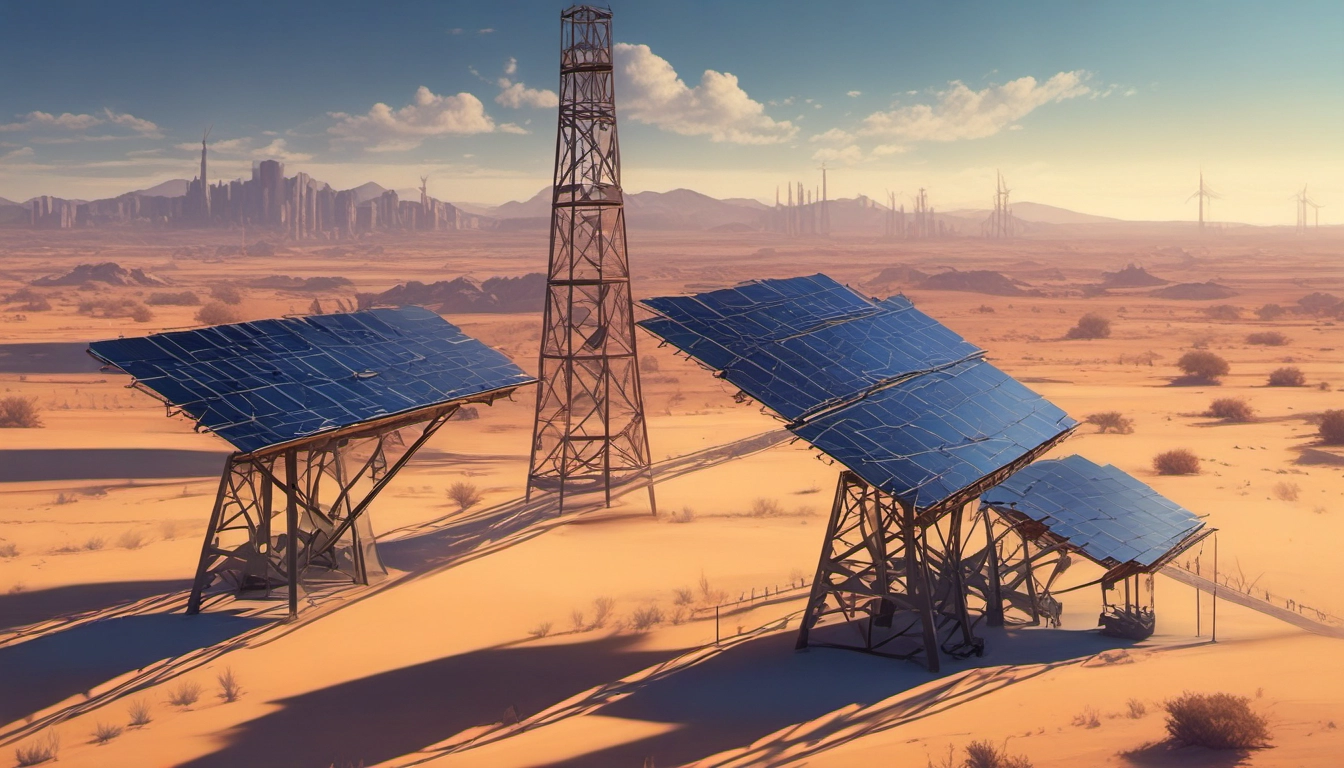China's Clean Energy Dominance: A Data-Driven Analysis
China now shapes the global clean-energy market. 2024 data show massive investment, big factory output, and rising global impact.

Quick answer
China now shapes the global clean energy market through massive spending, huge factory output, and long-term policy. Estimates vary by source, but 2024 investment in clean energy was in the hundreds of billions of dollars and the sector contributed about 10% of China s GDP.
Key statistics (2024)
| Metric | Value | Source |
|---|---|---|
| Clean energy investment | 6.8 trillion yuan (~$940 billion) or ~$625 billion (depending on definition) | Energy and Clean Air, IEA |
| Share of GDP from clean energy | About 10% (13.6 trillion RMB contribution) | Ember, Energy & Clean Air |
| Solar manufacturing share | ~80% of global solar manufacturing capacity | Yale e360 |
| Wind + solar share of electricity | ~18% (wind and solar combined, 2024) | Ember |
| Grid investment (2024) | 608 billion RMB (~$85bn) | Ember |
How big is China s clean energy push?
Numbers differ by dataset, but all sources agree China is far ahead. The IEA reports China as the single largest investor in clean energy, and industry analysts note China spent more than many other countries combined. Energy and Clean Air and Ember put the 2024 figure in the range of several hundred billion to nearly a trillion dollars depending on whether you include related grid and storage spending.
What that means in plain terms
- Big money buys lots of factories and projects. China now makes most solar panels, many wind parts, and batteries.
- Mass production helped cut prices for the world. The New York Times and research groups say prices for solar, wind, and batteries fell 60–90% since 2010 because of Chinese scale.
Why China leads: three pillars
China s clean energy dominance rests on three linked strengths.
1. Policy and planning
Long-term state planning gives direction and certainty. Five-Year Plans and clear targets pushed factory builds, power plant deployments, and grid upgrades. The 14th Five-Year Plan and other policies removed barriers and focused on big clean energy bases and long transmission lines.
2. Manufacturing scale and supply chains
China built end-to-end supply chains: mines, processing, cell production, and panel/turbine assembly. Yale e360 and WEF document how scale lowered unit costs and locked in market share for solar PV, batteries, and parts.
3. Finance and international reach
Cheap finance, government-backed loans, and instruments like green bonds support large projects at home and abroad. The Belt and Road Initiative channels Chinese-built renewables into other countries, and China s export strategy spreads its tech and pricing advantages globally.
Global effects and real-world outcomes
- Lower global costs: Falling module and battery prices make new renewables cheaper than many fossil options worldwide (NYT, Ember).
- Faster deployment: Countries can adopt wind and solar faster when equipment is cheaper and available.
- Supply-chain concentration: Many countries now rely on Chinese-made parts, creating trade and security questions (Brookings).
- Economic growth at home: Clean energy added about 13.6 trillion RMB to China s economy in 2024 — roughly 10% of GDP (Energy & Clean Air).
Risks and caveats
China s lead is powerful but not unconditional.
- Different data definitions: "Clean energy investment" can mean different things. Compare IEA, Reuters, and independent research to understand scope.
- Reliance on coal: China still uses a lot of coal for power and industry. The transition reduces coal growth but does not remove it overnight (Ember).
- Geopolitical friction: Other governments worry about overdependence on Chinese factories and subsidies, prompting trade actions and new policies (Brookings).
- Local grid limits: Integrating vast wind and solar requires grid upgrades and storage; investment in transmission and batteries must keep pace (Ember).
What it means for key audiences
For policymakers
- Create long-term, stable policy signals. China s strength comes from consistent planning; similar certainty helps other markets attract investment.
- Support domestic manufacturing and diversify suppliers for critical components like batteries and PV cells.
- Invest in grids and storage, not just generation, to use renewables well (Ember).
For investors and companies
- Follow the money: grid upgrades, storage, and services around renewables will be high-growth areas.
- Consider partnerships with Chinese manufacturers where practical, or invest in supply-chain alternatives to reduce geopolitical risk.
- Look at ROI from adoption: cheaper modules and batteries lower project risk and shorten payback times.
For researchers and students
Track consistent data sources (IEA, Ember, national statistics, and independent analysis) and watch how definitions change what counts as "clean energy investment.”
One clear data point and practical implication
Data point: Clean-energy investment and production added about 13.6 trillion RMB to China s economy in 2024, equal to roughly 10% of GDP (Ember). Practical implication: When a sector reaches this economic scale, it creates markets, jobs, and export capacity — meaning rival countries must plan multi-year strategies, not one-off incentives.
Short checklist: How to respond (for leaders)
- Map dependencies: identify critical components sourced from China and plan alternatives.
- Invest in grids and storage at home to capture the benefits of cheaper renewables.
- Design steady incentives (tax, procurement, or grants) that last across election cycles.
- Build industrial partnerships and workforce programs to grow domestic cleantech capabilities.
FAQs
Is China now the world s clean energy superpower?
In many ways, yes. China leads in investment, manufacturing capacity, and exports of core technologies like solar panels and batteries (Yale e360, WEF).
Will Chinese dominance make fossil fuels disappear?
Not immediately. Cheaper renewables accelerate a shift away from new fossil projects, and many analysts say renewables are already cheaper than fossil options in many places. But fossil fuels still supply large energy needs today and during the transition (NYT).
Where can I read the original data?
Key sources used here include the IEA China investment review, Ember s review, reporting from Energy & Clean Air, and policy context from Brookings.
Bottom line
China s clean energy dominance is real and driven by sustained investment, deep supply chains, and strategic planning. That matters for global prices, trade, and energy transitions. Rival countries and companies need clear, long-term strategies: invest in grids and storage, diversify supply chains, and build domestic capability to compete and to reduce vulnerability.
Selected further reading: Ember s China Energy Transition Review 2025, IEA World Energy Investment 2025, and NYT analysis.


